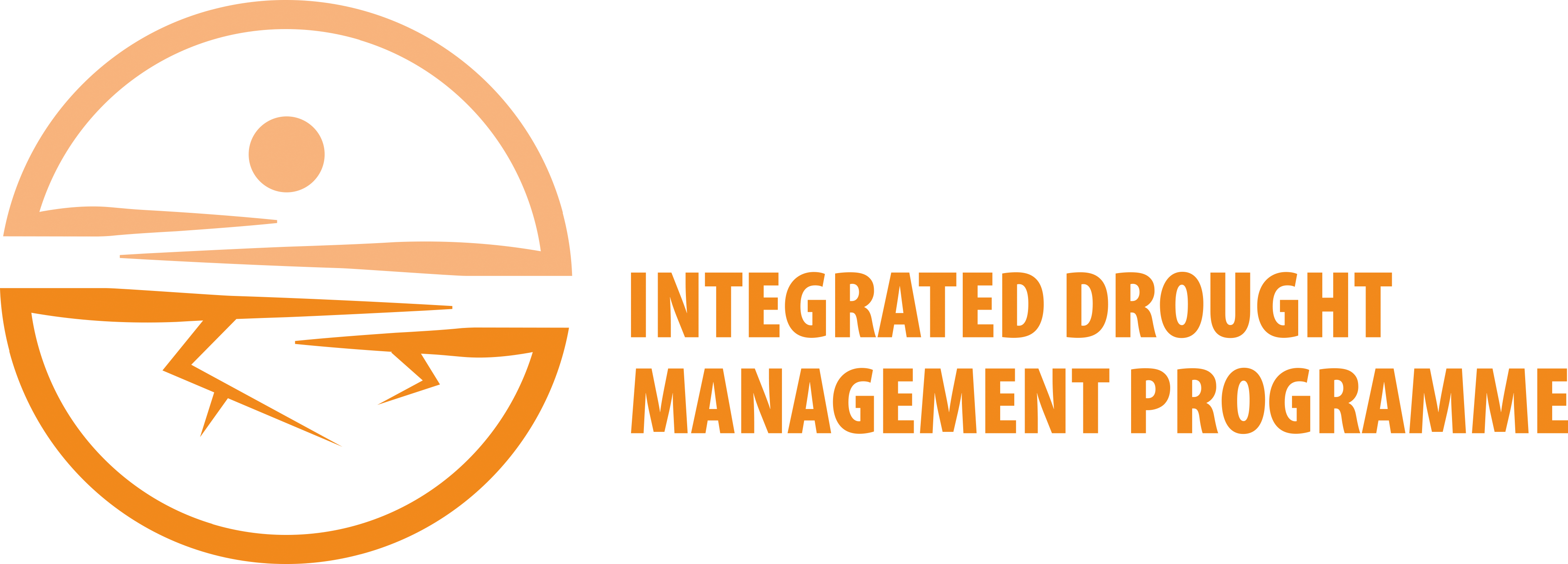Vegetation Drought Response Index (VegDRI)
Index name: Vegetation Drought Response Index (VegDRI).
Ease of use: Green.
Origins: Developed by a team of scientists from NDMC, the United States Geological Survey’s Earth Resources Observation and Science Center, and the United States Geological Survey Flagstaff Field Center.
Characteristics: Developed as a drought index that was intended to monitor drought-induced vegetation stress using a combination of remote sensing, climate-based indicators, and other biophysical information and land-use data.
Input parameters: SPI, PDSI, percentage annual seasonal greenness, start of season anomaly, land cover, soil available water capacity, irrigated agriculture and defined ecological regions. As some of the inputs are derived variables, additional inputs are needed.
Applications: Used mainly as a short-term indicator of drought for agricultural applications.
Strengths: An innovative and integrated technique using both surface and remotely sensed data and technological advances in data mining.
Weaknesses: Short period of record due to remotely sensed data. Not useful out of season or during periods of little or no vegetation.
Resources: The methods used and a description of the calculations can be found in the reference given below. See also the National Drought Mitigation Center (NDMC) dedicated webpage.
Reference: Brown, J.F., B.D. Wardlow, T. Tadesse, M.J. Hayes and B.C. Reed, 2008: The Vegetation Drought Response Index (VegDRI): a new integrated approach for monitoring drought stress in vegetation. GIScience & Remote Sensing, 45:16–46. DOI: 10.2747/1548-1603.45.1.16. (For more information on this paper, please contact the IDMP HelpDesk).
Currently used by: Canada.


